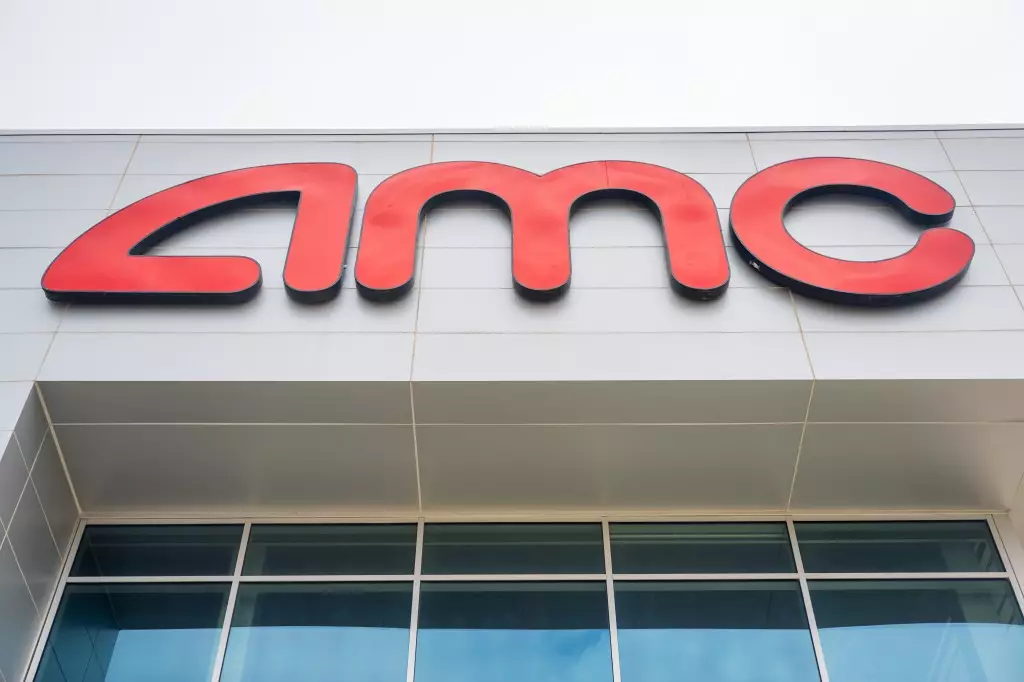In the turbulent aftermath of the COVID-19 pandemic, AMC Entertainment finds itself at a pivotal crossroads. The company’s recent announcement of a comprehensive financial restructuring effort signals not just a quick fix but a deliberate attempt to rewrite its future trajectory. By orchestrating a multi-faceted agreement with its creditors and lenders, AMC aims to shed some of its burdens and position itself for a sustainable revival. This move is not merely about debt management; it’s a bold declaration that AMC refuses to be left behind in an industry evolving rapidly in the post-pandemic landscape.
This strategic maneuver involves a blend of debt refinancing, equity conversions, and legal settlements—each step designed to bolster AMC’s balance sheet and restore confidence among investors and consumers alike. While the industry still grapples with economic uncertainties, AMC’s proactive approach demonstrates a clear recognition that recovery depends on bold, decisive actions rather than incremental adjustments. The company’s leadership clearly perceives this restructuring as a catalyst for long-term resilience, not just a buffer for the immediate future.
Debt Reduction: Paving the Way for a Stronger Future
Central to AMC’s plan is an injection of up to $223 million in fresh capital from lenders, which will be directed toward refinancing maturing debt scheduled for 2026 and providing day-to-day liquidity. This move addresses one of the core vulnerabilities—an impending wave of near-term maturities—that could cripple the company if left unaddressed. By opting to reorganize $590 million of existing notes into a new issuance due in 2029, AMC essentially extends its debt maturities, gaining breathing room to navigate the economic rupture caused by industry shutdowns and evolving consumer habits.
But the most significant shift is in the company’s approach to its debt-to-equity ratio. Creditors are being encouraged to convert at least $145 million of holdings into equity, with the potential to convert an additional $192 million. This debt-for-equity swap represents a strategic gamble: It dilutes existing debt obligations while giving creditors a stake in AMC’s ongoing success. It’s a gamble that hinges on the company’s confidence in a robust recovery—one where population mobility, consumer spending, and industry profitability return to pre-pandemic levels—and the decision underscores AMC’s conviction that economic momentum is firmly on its side.
Legal Settlements: Clearing the Path for Growth
Beyond financial reorganization, AMC is also settling longstanding legal disputes involving collateral claims from bondholders. Resolving such conflicts isn’t just a bureaucratic necessity; it’s a vital step toward unencumbered asset management and strategic agility. By settling claims related to the company’s theater assets, AMC eliminates a long-standing obstacle that could have complicated future refinancing or expansion plans. The resolution might seem tangential, but in reality, it represents a critical consolidation that streamlines operations and reduces the risk of future litigation delays.
This pragmatic approach reflects a broader understanding that legal entanglements can hinder strategic flexibility. By proactively addressing these issues, AMC is demonstrating its willingness to clear the decks, allowing the company to focus fully on market recovery, innovation, and customer engagement.
Industry Outlook and Company Optimism
AMC’s leadership remains cautiously optimistic about the future, buoyed by industry-wide signs of recovery. The box office’s resurgence, which the company describes as the strongest in five years, signals that consumer appetite for cinematic experiences is rebounding. Management’s projection that 2026 will showcase continued growth hinges on this upward trend, and it underscores their belief that the pandemic-induced upheavals were temporary disruptions rather than permanent setbacks.
CEO Adam Aron’s comments reflect a blend of confidence and strategic realism. He emphasizes that constructive engagement with lenders is a calculated move to create a stable financial footing, one that can sustain the inevitable fluctuations of the industry. It’s a recognition that resilience is built not just on financial restructuring but on a persistent commitment to adapting and evolving amidst a landscape of technological change, shifting consumer preferences, and new entertainment formats.
In essence, AMC’s latest move isn’t merely about recovering from debt; it’s about reclaiming its position as a leader in a rapidly changing industry. This comprehensive restructuring sends a loud message: AMC is committed to transforming itself into a nimble, forward-looking entertainment powerhouse capable of weathering future storms and capitalizing on opportunities that will define the next era of cinema.

